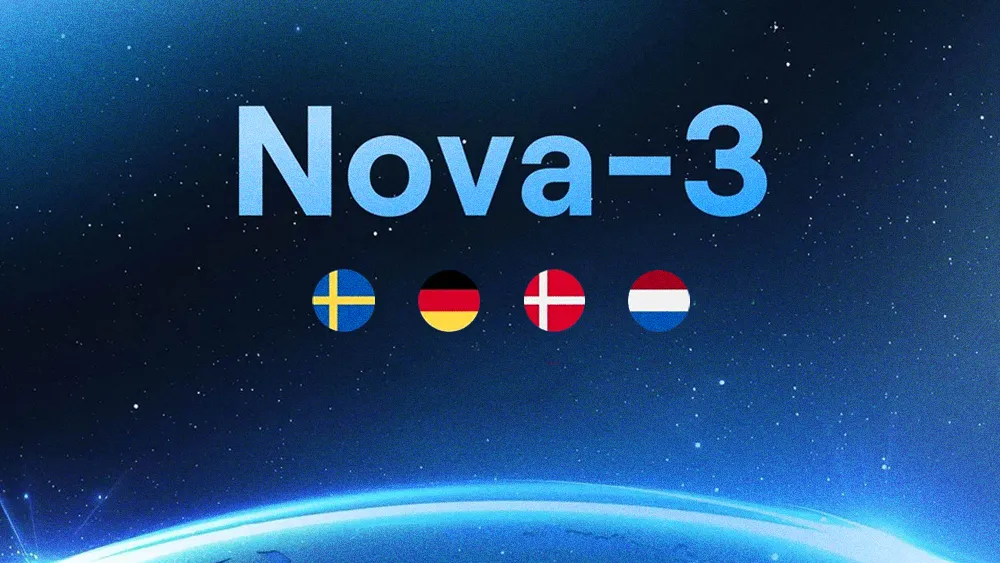


Voice AI model provider Deepgram expands its Nova-3 speech-to-text model to include German, Dutch, Swedish, and Danish, targeting key European markets.
The update introduces Keyterm Prompting, allowing companies to teach the model up to 100 domain-specific terms without retraining.
Nova-3 achieves a Word Error Rate of under 7%, outperforming models from Microsoft and OpenAI.
Deepgram's strategy includes embedding its models into AWS and Cloudflare, aiming to be a foundational layer for voice applications.
Voice AI company Deepgram expanded its Nova-3 speech-to-text model to support German, Dutch, Swedish, and Danish. The move is part of a push to deliver its enterprise-grade transcription services across key European markets.
Speaking their language: The update is built to handle unique linguistic hurdles in each region, like Germany's notoriously long compound words or the nuances of Danish pronunciation.
A cheat sheet for the AI: The release also introduces Keyterm Prompting, a feature that lets a company teach the model up to 100 domain-specific terms—like a new drug name or a piece of financial jargon—on the fly, without a lengthy retraining process.
Beating the benchmarks: According to an analysis from CXToday, Nova-3 clocked a real-time Word Error Rate (WER) of just under 7%, a figure that places it ahead of competing models from Microsoft and OpenAI.
This expansion, combined with recent partnerships to embed its models directly into AWS and Cloudflare's developer platforms, shows Deepgram's strategy is focused on becoming a foundational, easy-to-access layer for voice applications anywhere.
Also on our radar: It’s been a busy quarter for the ecosystem. Cloudflare, for instance, also recently added state-of-the-art image generation models from Leonardo.AI to its platform. The language update from Deepgram itself follows the recent launch of its own unified Voice Agent API solution, as the company continues to push use cases like AI-powered medical scribes to reduce administrative burdens in healthcare.